One of the big, and fun, debates in British archaeology relates to the way in which farming was introduced some 6000 years ago. We know that there was already a population of hunter-gatherers well established in the islands, how did they react to new ways?
This week I went to a great lecture in Aberdeen which got me thinking about this. Robin Torrence and Jude Philp (from the Australian Museum and the Macleay Museum, respectively) were talking about their work researching the ethnographic collections of Sir William MacGregor, the first Administrator of British New Guinea in the late nineteenth century. Much of MacGregor’s material ended up in Aberdeen when he retired home. The interesting thing is how the material changed from first contacts to once the relationships had been established. Apparently when the British first came into contact with a new tribe the material they were given comprised mainly objects that reflected the uncertain nature of the contact, and the people they first met, like clubs and mace heads. Later on, when everyone had got the measure of each other, the material changed to more domestic items. So you can see a difference in the collections from different areas over time. Also it seems that here, at least, excavation of the mission settlements and the local settlements suggests that each had very few of the others’ artefacts. I’m wondering what it says about culture contact and material object and particularly to our archaeological evidence for the transition from the Mesolithic to the Neolithic in the UK. We need to be very careful of erroneously drawing direct analogies from ethnographic work, and in the UK it is likely that this period of transition saw many different scenarios. But it is obvious that we need to think outside the box a bit.

Sir William MacGregor (source: University of Aberdeen website)
MacGregor was very aware that the advent of colonial rule would change the way of life of the people he was living among and he was keen that the material he had collected be used for the education of people at home. I’m hoping that he would have been pleased to know that it is still provoking debate over 100 years later.
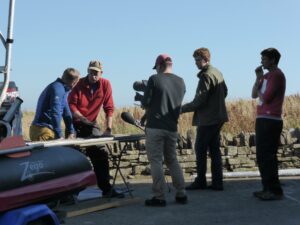
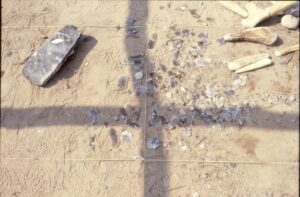
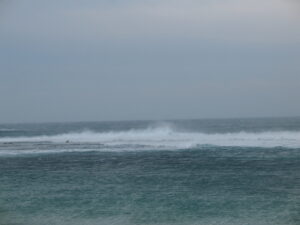
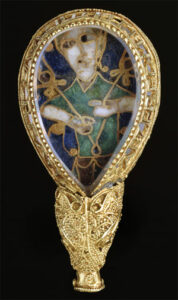
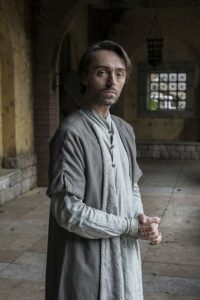

You must be logged in to post a comment.